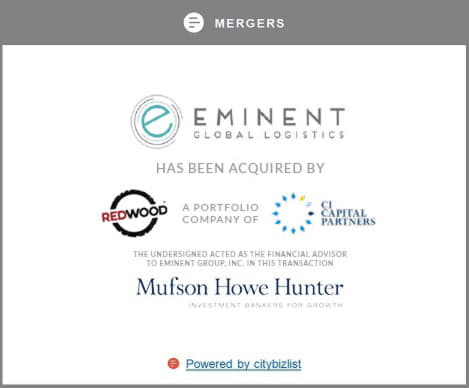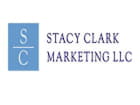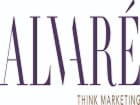Summary
- Johnson & Johnson is undervalued against an expensive U.S. stock market, with a lower P/E and higher dividend yield.
- Diversified consumer/pharma/medical product sales are as close to recession-proof as you can find.
- Investor buying momentum remains strong in 2020, as represented by a number of technical indicators.
- Reviewing the whole investment story, the company may represent the best "risk-adjusted" investment choice in today's health care sector.
The leading diversified consumer health brand, pharmaceutical producer and medical device maker, all rolled into one simple investment is available at a fair quote in early June. Johnson & Johnson (JNJ) remains a solid buy against an overvalued stock market, perhaps its strongest setup since February. In return for your money, you get a higher dividend yield and lower than market P/E on forward results. High profit margins and extensive global sales to offset the coming devaluations in the U.S. Dollar are also noteworthy. Putting all the ideas together, the company may offer the best “risk-adjusted” investment argument in all of health care right now.
Johnson & Johnson's product line is extensive. Its consumer segment markets baby care products under the Johnson’s brand. The company also sells a variety of over-the-counter health related items under the names Listerine, Aveeno, Clean & Clear, Neutrogena, Tylenol, Sudafed, Benadryl, Zyrtec, Motrin, Pepcid, Stayfree, Carefree, o.b., Band-Aid, Neosporin and hundreds of others. The pharmaceutical segment offers various therapeutics, including immunology, infectious diseases, neuroscience, oncology, pulmonary hypertension, and cardiovascular and metabolic disease drugs. The medical device segment manufactures orthopedic, general surgery, biosurgical, endomechanical, energy, electrophysiology, sterilization, disinfection, diabetes, contact lens and cataract laser surgery items.
 Image Source: JNJ Pediatric Products
Image Source: JNJ Pediatric Products
Johnson & Johnson is a company I have owned and recommended off and on since I started investing in 1986. The arguments for ownership have wavered between a hold and a buy nearly all the time. The enterprise is enormously profitable. $113,000 in reported 2019 after-tax income per employee is a top 2% reading for all businesses in corporate America. Its product revenue diversification and global footprint for exposure are honestly unmatched.
In addition, foreign sales converted to U.S. Dollars will benefit from any downward shift in our local currency’s international standing. Record U.S. business and government debts in June 2020 vs. revenues and income mean today’s record Federal Reserve effort to print paper money may become an ongoing situation. First to offset the coronavirus pandemic shutdown and second to keep America from sinking into a depression, each Dollar will eventually become worth less and turn stable foreign operations into higher Dollar reported propositions. Johnson & Johnson’s extensive overseas exposure, with 49% of sales outside the U.S., will become a real advantage in future years (assuming free trade does not disappear).
Another money printing positive for long-term investors, rising inflation rates (even with a potential stagflation economic backdrop) will help total revenues and profitability more than the average S&P 500 company, in my estimation. Demand tends to be steady for health care items, absent new competition, regardless of changes in the cost of living or size of economic expansion.









